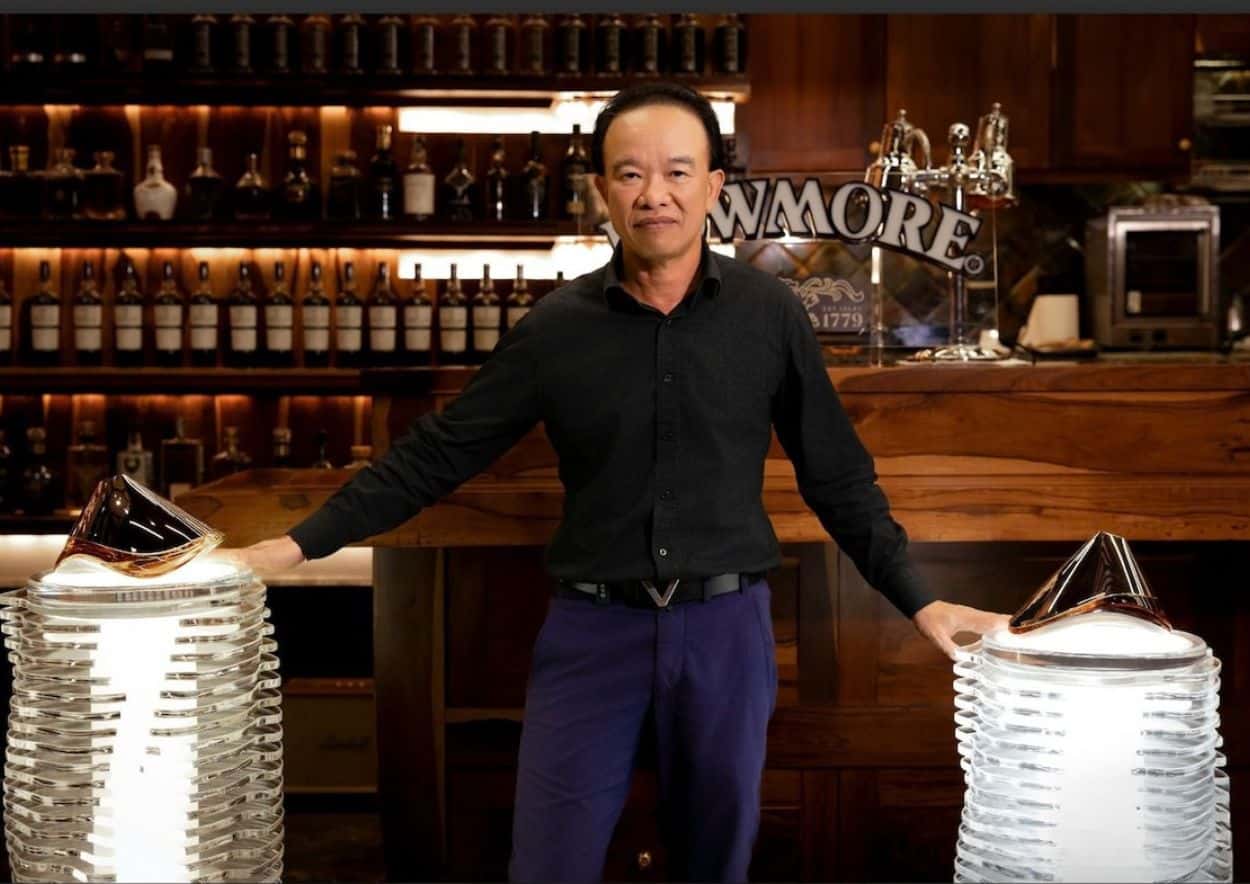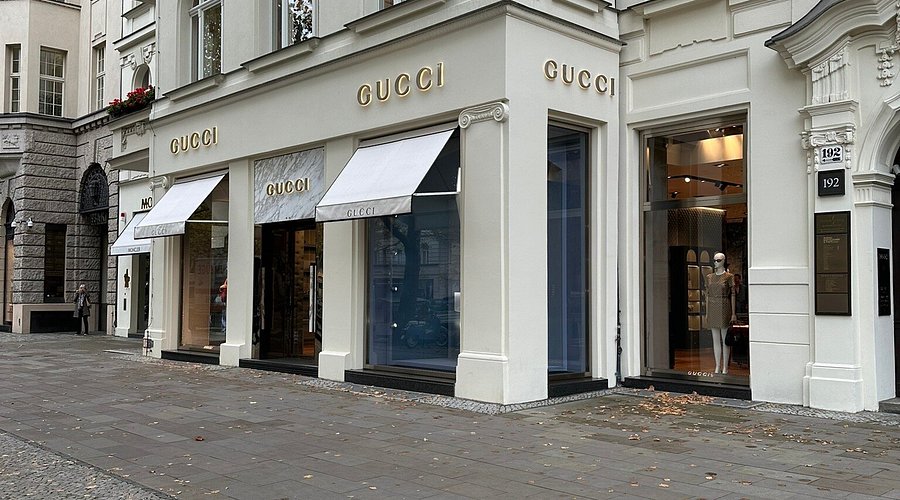Vinyl to Venture Capital: How Collectors Are Turning Rare Artifacts Into High-Yield Assets
By
John Carter
Last updated:
October 7, 2025
First Published:
October 7, 2025

Photo: Whisky Cognac
The Renaissance of Collecting
In recent years, collecting has transcended nostalgia and aesthetics. Rare artifacts, from vintage vinyl records to first-edition manuscripts, are no longer merely prized for sentimental value. Today, they represent a tangible form of investment, one that offers potential financial growth alongside cultural significance. Collectors are approaching these items with the mindset of investors, studying market trends and seeking objects that not only tell a story but also promise high returns.
Vinyl Records as Financial Instruments
Vinyl records have experienced a resurgence, not just as musical mediums but as assets with increasing market value. Limited editions, rare pressings, and iconic album releases have become sought-after commodities. Investors analyze rarity, condition, and historical relevance to determine their long-term worth. For many collectors, acquiring a rare vinyl today is akin to purchasing a blue-chip stock, with the expectation that its value will appreciate over time.
Art Beyond the Canvas
The art market has long been associated with wealth creation, but new categories of art are emerging. Collectibles such as vintage toys, antique jewelry, and historical memorabilia are gaining traction among high-net-worth individuals. These items are often auctioned in exclusive sales, where provenance and authenticity determine their market price. The allure lies not only in ownership but also in the ability to leverage these objects as part of a diversified investment portfolio.
Turning Passion into Profit
For collectors, the process of turning passion into profit requires research and strategic planning. Understanding market cycles, historical sales data, and emerging trends is crucial. Many collectors consult specialists to evaluate potential acquisitions, ensuring that each purchase has both cultural significance and financial potential. This combination of knowledge and foresight enables them to make informed decisions that can yield substantial returns.
Venture Capital Meets Collectibles
An intriguing development is the convergence of traditional investment strategies with collectible markets. Some investors are channeling funds from venture capital into rare artifacts, viewing them as alternative assets that complement conventional portfolios. This approach not only diversifies risk but also introduces an element of exclusivity. High-profile collectors often leverage these assets to establish influence and credibility in niche circles, demonstrating that wealth can be expressed in tangible, cultural terms.
Technology and the Market
Digital platforms and blockchain technology are reshaping the collectibles market. Online auctions, marketplaces, and verified provenance records have created a transparent ecosystem that allows collectors to trade confidently. Non-fungible tokens, or NFTs, have extended the concept of ownership to digital assets, further blurring the line between traditional and modern investments. These technological advancements have democratized access to rare items while maintaining the scarcity that drives their value.
The Psychology of Collecting
Behind every acquisition lies a complex psychological dynamic. Collectors are motivated by desire, nostalgia, and social signaling, but successful investors also balance emotion with strategy. The most lucrative collectors understand market sentiment, anticipating trends before they become mainstream. This foresight allows them to acquire pieces at favorable prices and sell them when the market reaches its peak, maximizing returns without compromising the passion that initially drew them to the collection.
Global Trends and Market Dynamics
The global market for collectibles is expanding rapidly, with particular growth in Asia and North America. Cultural significance, historical relevance, and global demand converge to drive prices upward. Emerging collectors from new wealth sectors are entering the market, bringing fresh perspectives and investment strategies. The interplay between traditional collectors and new entrants is reshaping the landscape, creating opportunities for those who are attuned to subtle shifts in demand and valuation.
Wealth Preservation Through Collectibles
Rare artifacts serve not only as instruments for growth but also as tools for wealth preservation. Unlike volatile financial markets, tangible assets maintain intrinsic value and are less susceptible to sudden devaluation. Collectors who diversify across categories—art, music, memorabilia, and manuscripts—create a hedge against inflation and economic uncertainty. The careful curation of these assets transforms personal passion into a sophisticated wealth management strategy.
Future Outlook and Opportunities
As cultural appreciation and financial innovation continue to intersect, the potential for high-yield investment in collectibles is expected to rise. Experts predict that scarcity, authenticity, and historical significance will remain the primary drivers of value. For emerging collectors, understanding this market requires patience, research, and a deep appreciation of the objects themselves. Those who successfully navigate this landscape will not only secure financial gains but also contribute to the preservation of cultural heritage for future generations.
Subscribe to unlock premium content
Sed at tellus, pharetra lacus, aenean risus non nisl ultricies commodo diam aliquet arcu enim eu leo porttitor habitasse adipiscing porttitor varius ultricies facilisis viverra lacus neque.
A comprehensive guide on Agile development

10 Productivity tools that are worth checking out

Top 7 Must have management tools for productivity

A comprehensive guide on Agile development

10 Productivity tools that are worth checking out

A comprehensive guide on Agile development








.png)
